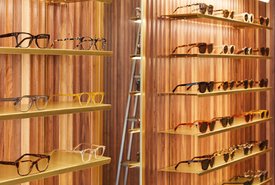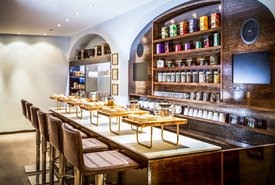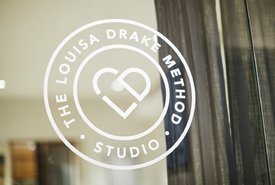The finest London townhouses were originally designed for the landed gentry in Georgian times and no expense was spared. Today, the purchase of such a property continues to make a statement.
During the 18th Century, the aristocracy began to embrace the London season with enthusiasm. In spring and summer, the gentry would leave their country piles for London townhouses to be at the heart of fashionable society, to take in the theatre and opera, attend dinner parties, balls and annual events such as the Royal Academy’s summer exhibition and Royal Ascot.
ON THE SQUARE
Most London houses were designed in terraces, often around garden squares, such as Bedford Square. These glorious Georgian townhouses near the British Museum were built between 1775 and 1780. The square, which has a garden for residents in the centre, is named after the Duke of Bedford, who owned the land.
Stuart Aikman, Director of Dexters in central London says, “Georgian townhouses were statement properties. They are grand with huge reception rooms on the first floor, high ceilings and beautiful floor to ceiling windows.”
Some of the capital’s grandest townhouses are in Belgrave Square, a stone’s throw from Buckingham Palace.
|
They were built in the 1820's by Thomas Cubitt for the second Earl Grosvenor who became the first Marquess of Westminster. Nearby Eaton Square was also built in the 19th Century and is named after Eaton Hall, the Cheshire home of the Grosvenors. |
LONDON TOWNHOUSES
REPRESENT GOOD
VALUE FOR MONEY
|
MANY LEVELS
While Belgravia has a wealth of lovely properties, there are notable townhouses throughout London. Aikman says, “Connaught Square in W2 is a great example of Georgian architecture and there are beautiful John Nash white stucco terraced houses along the edge of Regent’s Park. There are stunning townhouses near the other Royal Parks – Hyde Park and St James’s, and in South Kensington, Knightsbridge, Mayfair, Marylebone and Bloomsbury.
“Townhouses are popular with families looking for space, central locations and whom have a love of grand architectural styling; some live in them full time, othersuse them as a London base. A townhouse tends to be 5,000 to 10,000 sq. ft with a basement, ground, first, second, third and fourth floor. Ceiling heights tend to drop as you go up the building – the top floor tended to be servants’ quarters. The kitchens were in the basement, but today’s residents tend to move the kitchen up to the ground floor where there is more natural light.”
RESTORATION GOALS
The most desirable townhouse will have a back garden and a mews. “If you can find one with a mews still attached then you’ve really hit the jackpot. When the houses were built, the mews was for a horse and carriage and perhaps had a hay loft over. People have now converted them into garages, guest accommodation or separate houses. We are selling a house with a mews in WC1, in John Street, not far from Charles Dickens’s house. The main property is currently an office block with planning for residential use so, whoever buys it, can turn it back into a family home,” says Stuart.
In the 20th Century it was not uncommon for the best residential addresses to be turned into offices. Aikman explains, “Times changed and central London wasn’t as popular because of pollution. Wealthy families moved out and the properties became office blocks or were converted into apartments. Over the last couple of decades, we’ve seen those slowly turned back into full houses.”
Now, in the 21st Century, London townhouses represent good value for money and offer versatile floor space with rooms built to impress. We are seeing more local councils authorise the conversion of townhouse office blocks back into residential use, enabling the restoration of these historic architectural gems back to their former glory for modern families to enjoy.
Dexters Townhouses
London's townhouses continue to inspire. Here we take a look at a superb selection of classic homes currently on the market.

WILTON CRESCENT, CHELSEA, SW1
£20,000,000
This late Regency family home is situated within one of London's elegant and exclusive crescents. The property has five bedrooms, five bathrooms, two reception rooms, a garden and a roof terrace.





